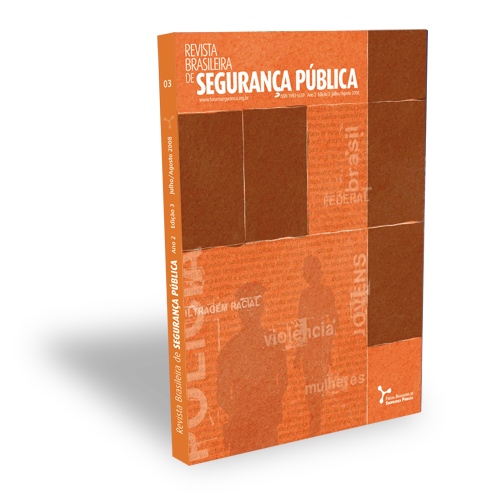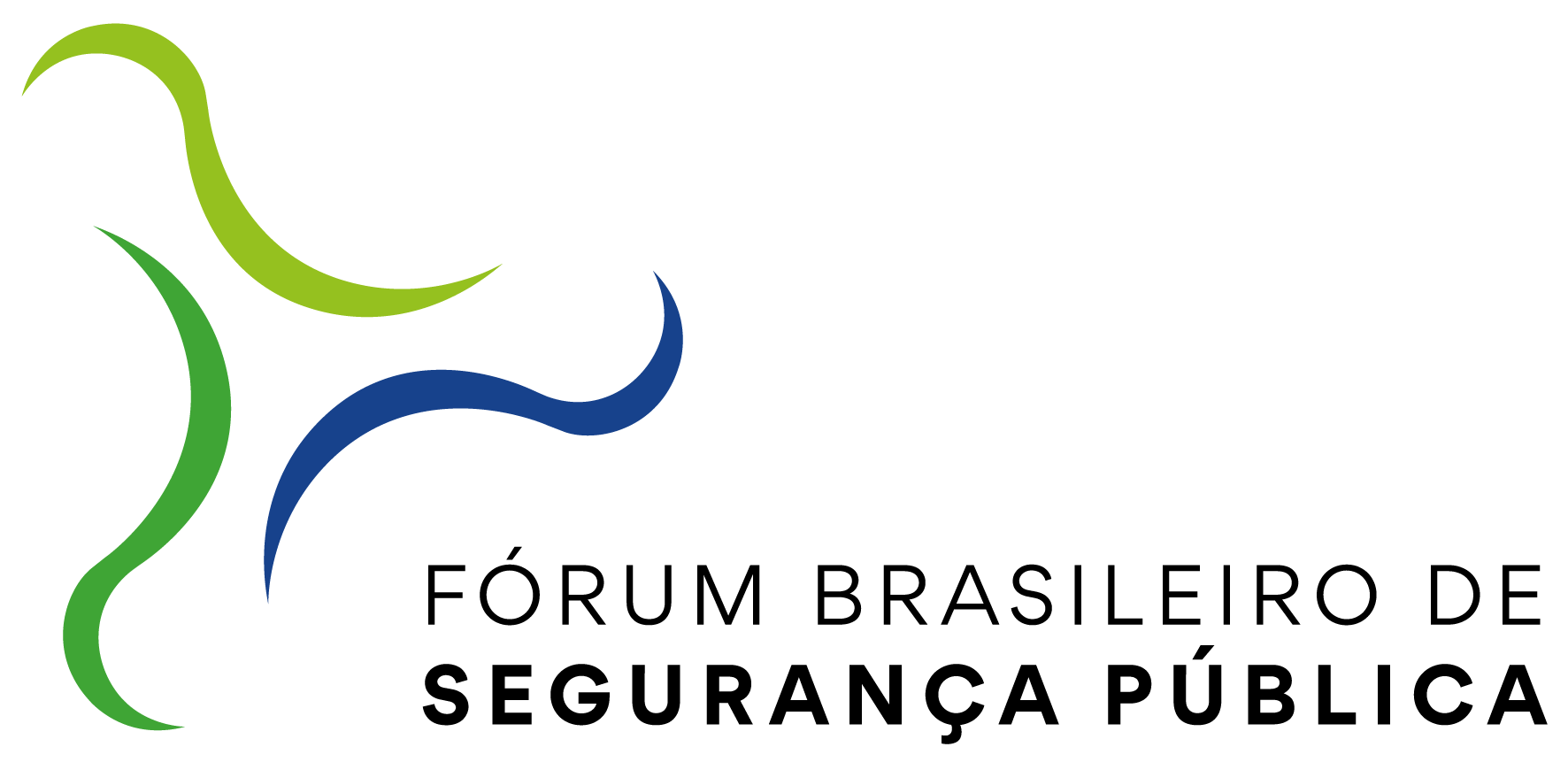Preventing violent delinquency in youth
DOI:
https://doi.org/10.31060/rbsp.2008.v2.n1.28Keywords:
Delinquency, Youth, Crime Prevention, School, Family.Abstract
This paper suggests a framework for thinking about youth violence prevention. The decision about which crime prevention measures to take begins by analyzing not only their effectiveness but also their costs in different circumstances. The second step is equally difficult: the intervention must focus on the specific location where the problem is occurring, that is, the focus must be on the broader aspects, such as youth, community and family, that influence young people's chances of committing offenses. These are difficult choices. It is very important, however, to know the consequences of the approaches chosen. Likewise, it is equally important to consider the effects of not choosing other approaches.
Downloads
References
CHAMLIN, M. B.; COCHRAN, J. K. Social altruism and crime. Criminology, v. 35, p. 203-227, 1997.
CLARKE, R. V. Situational crime prevention. In: TONRY, M.; FARRINGTON, D.P. (Eds.). Crime and Justice. A Review of Research,Chicago, University of Chicago Press, 1995, v. 19, 1995.
DALY, M.; WILSON, M.; VASDEV, S. Income inequality and homicide rates in Canada and the United States. Canadian Journal of Criminology, v. 43, p. 219-236, 2001.
FELSON, M. et alii. Redesigning hell: preventing crime and disorder at the port authority bus terminal.
CLARKE, V. (Ed.). Preventing Mass Transit Crime, New York, Criminal Justice Press Crime Prevention Studies, v. 6, 1996.
FRONZO, J. de; HANNON, L. Welfare assistance levels and homicide rates. Homicide Studies, v. 2, p. 31-45, 1998a.
FRONZO, J. de; HANNON, L. Welfare and property crime. Justice Quarterly, v. 15, p. 273-287, 1998b.
GOTTFREDSON, D. C. Chapter 3: school effects. In: GOTTFREDSON, D. C. Schools and delinquency. Cambridge: Cambridge University Press, 2001, p. 90-91.
JENKINS, J.M. Early intervention to prevent the development of delinquency. In: KIDD, B.; PHILIPS, J. (Eds.). From enforcement and prevention to civic engagement: research on community safety. University of Toronto: Centre of Criminology, 2004, p. 125-139.
MAZEROLLE, L. G.; KADLECK, C. ROEHL, J. Controlling drug and disorder problems: the role of place managers. Criminology, v. 38, p. 371-403, 1998.
OLDS, D. Long-term effects of nurse home visitation on children’s criminal and antisocial behaviour. Journal of the American Medical Association, v. 280, p. 1.238-1.244, 1998.
PAINTER, K. A.; FARRINGTON, D. P. Evaluating situational crime prevention using a young people’s survey. British Journal of Criminology, vol. 41, p. 266-284, 2001.
PETROSINO, A.; TURPIN PETROSINO, C.; BUEHLER, J. Scared straight and other juvenile. Awareness programs for preventing juvenile delinquency: a systematic review of the randomized experimental evidence. Annals of the American Academy of Political and Social Science, v. 589, p. 41-62, setembro de 2003.
SAMPSON, R. J.; RAUDENBUSH, S. W.; EARLS, F. Neighbourhoods and violent crime: a multilevel study of collective efficacy. Science, n. 277, p. 918-924, agosto de 1997.
SAVOIE, J. Homicide in Canada, 2002,Ottawa, Juristat, v. 3, n. 8, 2003.
SIMONS, R. L.; WU, C.I.; LIN, K.H.; GORDON, L.; CONGER, R. D. A cross cultural examination of the link between Corporal Punishment and Adolescent Antisocial Behaviour. Criminology, v. 38, p. 47-79, 2000,.
SMITH, C.; LIZOTTE, A. J.; THORNBERRY, T. P. Resilient youth: identifying factors that prevent high risk. Youth from engaging in delinquency and drug use. Current Perspectives on Aging and the Life Cycle, v. 4, p. 217-247, 1995.
SNYDER, H.; SICKMUND, M. Juvenile offenders and victims: 1999 national report. Washington, D.C.: Office of Juvenile Justice and Delinquency Prevention, 1999.
STEINBERG, L. Youth violence: do parents and families make a difference? National Institute of Justice Journal,p. 31-38, abril de 2000.
TONRY, M.; FARRINGTON, D.P. Strategic approaches to crime prevention. In: TONRY, M.; FARRINGTON, D.P. (Eds.). Crime and Justice. A Review of Research, Chicago, University of Chicago Press, 1995, v. 19, 1995.
UNIVERSIDADE DE MARYLAND. Departamento de Criminologia e Justiça Criminal. Preventing crime: what works, what doesn’t, what’s promising. Washington, D.C.: Departmento de Justiça dos Estados Unidos, Gabinete dos Programas de Justiça, 1997.
WEBSTER, C.M. Limits of justice: the role of the criminal justice system in addressing the problem of crime. In: KIDD, B.; PHILIPS, J. (Eds.). From enforcement and prevention to civic engagement: research on community safety. University of Toronto: Centre of Criminology, 2004, p. 96-124.
WELSH, W. N. Effects of student and school factors on five measures of school disorder. Justice Quarterly, v. 18, p. 911-947, 2001.
Downloads
Published
How to Cite
Issue
Section
License
Copyright (c) 2012 Revista Brasileira de Segurança Pública

This work is licensed under a Creative Commons Attribution 4.0 International License.
Licensing
The Brazilian Journal of Public Security uses the Creative Commons License as a form of licensing for its published works. The license used follows the CC BY 4.0 - Attribution 4.0 International model.
To see the permitted rights please go to the full licence or to our Copyright and Licensing page.



